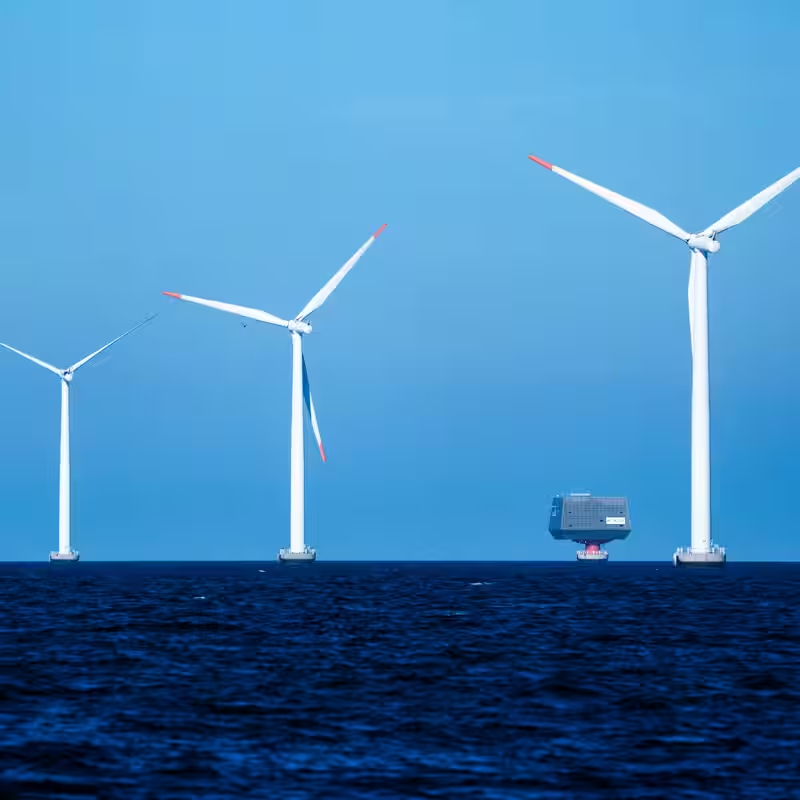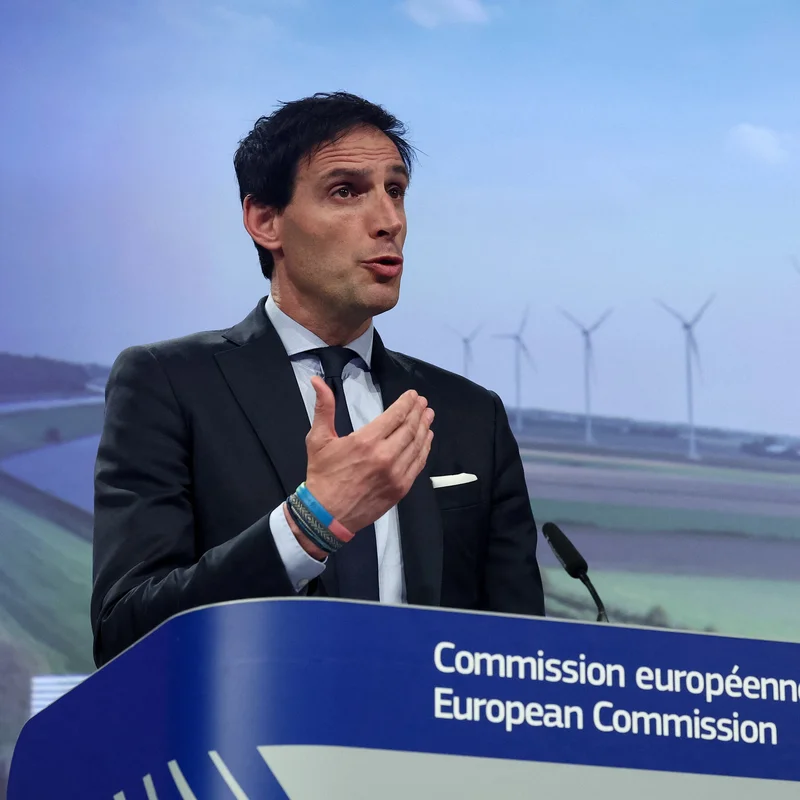Table of Contents
- Orsted Downsizing Shocks Green Energy World
- Trump’s Anti-Wind Stance Takes Toll
- Economic Ripple Effects in Denmark
- Industry-Wide Crisis in Offshore Wind
- What Happens Next for Renewables?
- Sources
Orsted Downsizing Shocks Green Energy World
Once hailed as the crown jewel of Europe’s clean energy revolution, Danish wind giant Orsted is now in retreat—laying off 2,000 employees and abandoning its global expansion dreams. The company’s dramatic reversal marks a sobering moment for the renewable energy sector, which is grappling with soaring costs, shifting policies, and growing political headwinds.
“We’ll need fewer employees,” said Rasmus Errboe, Orsted’s CEO, in a blunt statement last week. The company will now focus only on completing existing offshore wind projects—and possibly selling them off—rather than pursuing new multibillion-dollar developments.
Trump’s Anti-Wind Stance Takes Toll
While inflation and supply chain issues have hurt the entire offshore wind industry, analysts point to one unexpected factor accelerating Orsted’s decline: the Trump administration’s open hostility toward wind energy.
Since returning to the White House, President Trump has rolled back federal incentives for renewables, fast-tracked fossil fuel projects, and repeatedly mocked wind turbines as “bird killers” and “ugly eyesores.” His administration has also delayed or canceled key offshore lease approvals and transmission permits—critical for companies like Orsted that rely on U.S. market access.
“Trump’s policies didn’t just slow down wind—they created uncertainty that froze investment,” said Lena Johansen, an energy policy analyst at Copenhagen University. “For a capital-intensive industry like offshore wind, that’s fatal.”
Economic Ripple Effects in Denmark
The fallout is being felt far beyond Orsted’s boardroom. As Denmark’s former renewable energy flagship, the company’s struggles are sending shockwaves through the national economy.
Orsted employs thousands directly and supports a vast network of suppliers—from turbine manufacturers to marine logistics firms. With 25% of its workforce now facing layoffs, entire coastal communities that pivoted from fishing to green tech are bracing for economic pain.
“This isn’t just about one company,” said Morten Østergaard, a former Danish climate minister. “It’s about Denmark’s identity as a global leader in sustainability.”
Industry-Wide Crisis in Offshore Wind
Orsted’s woes reflect a broader crisis. Offshore wind developers worldwide have canceled or delayed over $30 billion in projects since 2023 due to:
- Soaring steel and cable costs
- High interest rates increasing financing expenses
- Regulatory delays in the U.S. and parts of Europe
- Lack of port infrastructure for turbine assembly
But Orsted—once the world’s most valuable renewable energy company—was supposed to be resilient. Its retreat signals that even the strongest players may not survive the current storm.
What Happens Next for Renewables?
Despite the setbacks, experts say the long-term demand for clean energy remains strong. The EU still aims for 300 gigawatts of offshore wind by 2050, and countries like the UK and Germany are doubling down on grid upgrades.
Yet without stable policy support—especially in the U.S.—the global supply chain could fracture. “If America turns its back on wind, the whole ecosystem suffers,” warned Fatima Nkosi, an energy economist at the International Renewable Energy Agency.
For now, Orsted is in survival mode. Its stock has lost over 60% of its value since early 2024, and investors are demanding a complete strategic overhaul. What was once a symbol of green hope is now a cautionary tale of how politics can derail even the most promising climate solutions.




